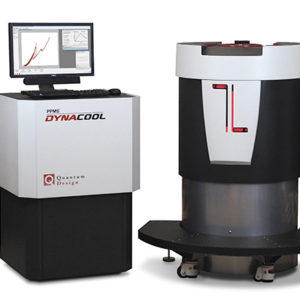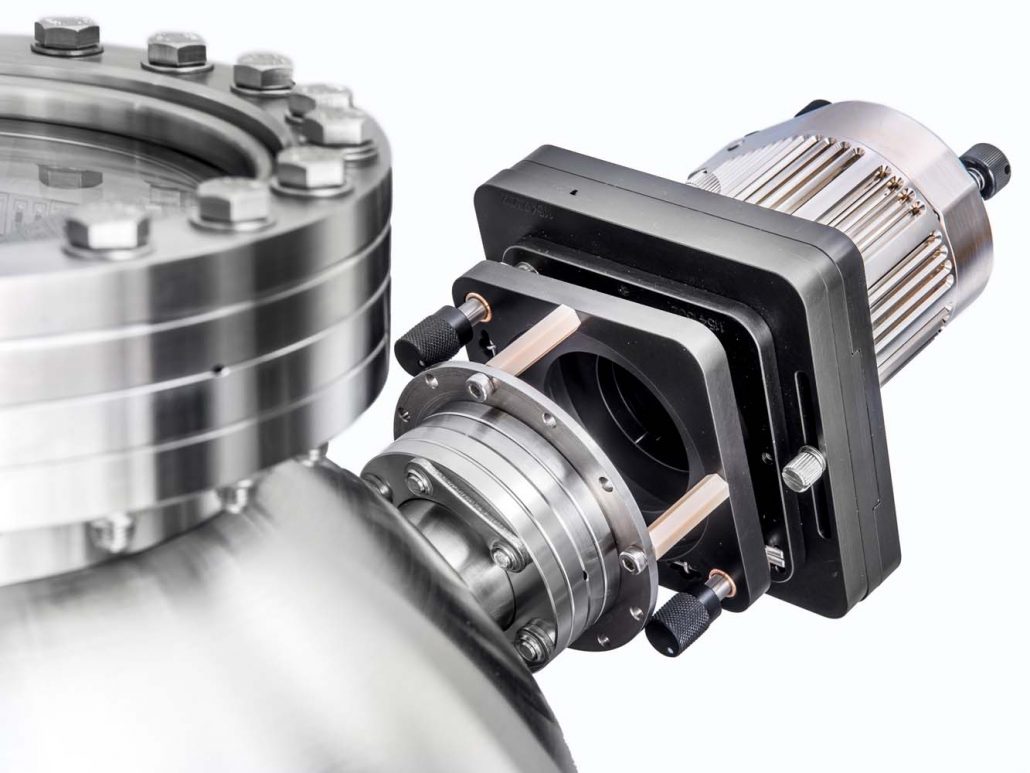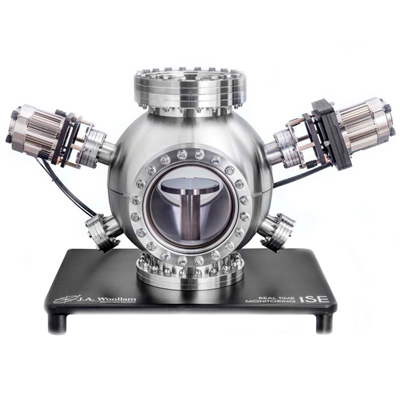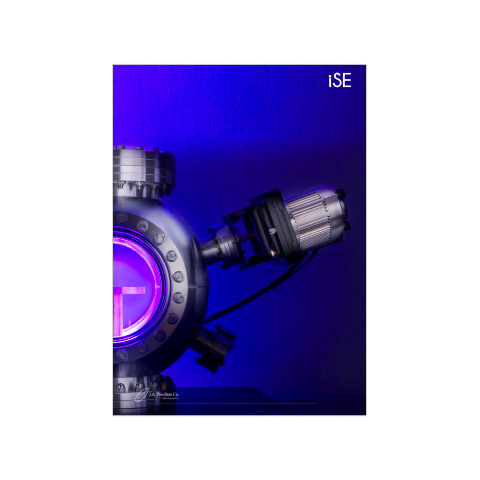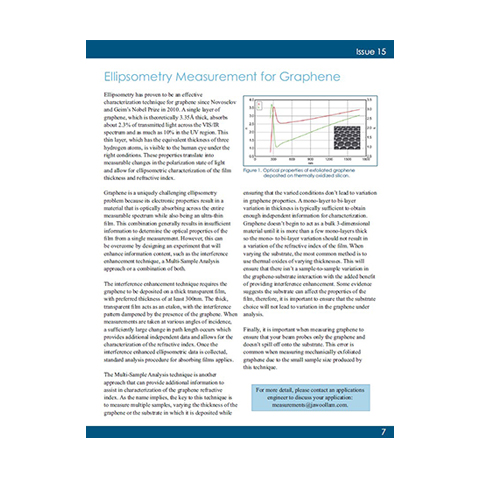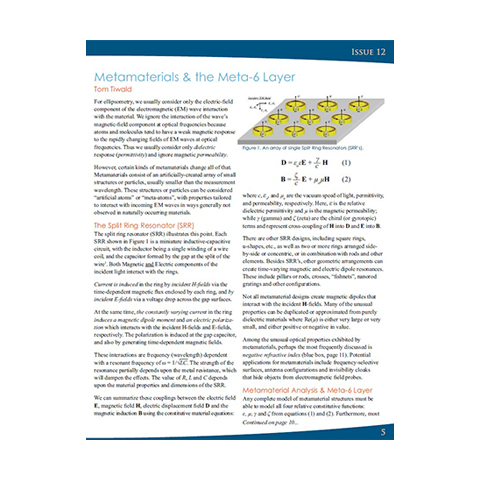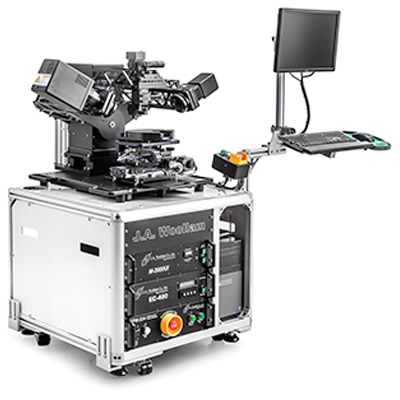- Features
- Videos
- Downloads
- Applications
- Related Products
- Contact
- Back To Spectroscopy
- Back To Optics
- Back To Hyperspectral
- Back To Cameras
- Back To X-Ray
- Back To Light Measurement
- Back To Characterisation
- Back To Electron Microscopy
- Back To Magnetometry
- Back To Ellipsometers
- Back To Cryogenics
- Back To Lake Shore
J.A. Woollam iSE Spectroscopic Ellipsometer
Ellipsometer for real-time monitoring of thin film processing
The iSE in-situ spectroscopic ellipsometer has been developed for real-time monitoring of thin film processing. Using Woollam’s proven technology, the iSE enables users to optimise optical properties of deposited films, control film growth with sub-angstrom sensitivity, and monitor growth kinetics, electric).

With the power of spectroscopic ellipsometry, the iSE is capable of measuring thickness and optical properties with much higher certainty than other techniques.
COMMON REAL-TIME ELLIPSOMETRY MEASUREMENTS
• Thin film thickness from single or multiple layers
• Growth or etch rates
• Process kinetics
• Optical constants
• Surface quality before and after processing
• Film nucleation behaviour
• Process conditions that affect optical constants (deposition rate, temperature, pressure, etc.)
• Real-time end-point detection
FEATURES
- Compact
- New compact design enables easy integration onto any ALD chamber
- Flexible
- Measure any kind of material-dielectrics, metals, metal oxides and more
- Affordable
- The power of spectroscopic ellipsometry at a reasonable price
- Ease-of-Use
- User friendly interface for real time data analysis and easy chamber integration
- Fast, Wide-Spectrum Measurements
- While others claim fast measurements, only J A Woollam ellipsometers provide fast, spectroscopic data over a wide wavelength range. The iSE utilises a new optical design with Dual-Rotation™ in combination with modern CCD detection to provide hundreds of wavelengths in a fraction of a second




